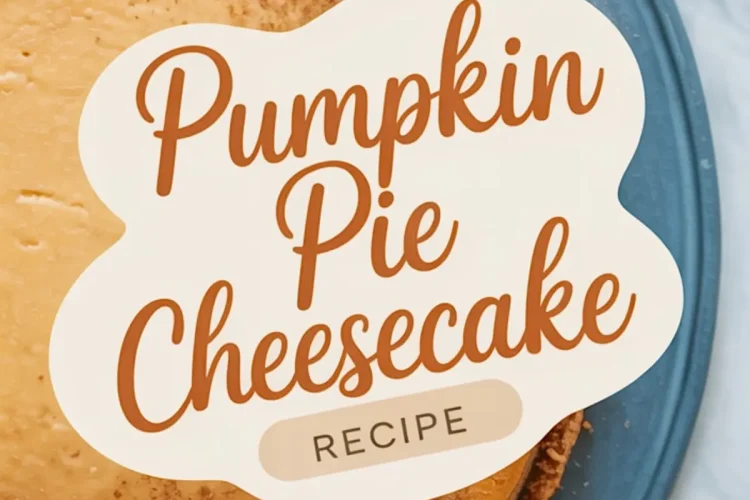Pumpkin cheesecake recipes tend to split into two types. Some lean too soft, almost like a mousse. Others crack and sag once cut. This version avoids both. It bakes clean, slices neatly, and holds the pumpkin flavor without drowning it in sugar or spice.
You’ll learn exactly how to make a pumpkin pie cheesecake that stays structured, smooth, and reliable without complicated tools or vague steps. I’ll explain how each part of the process connects to the final outcome, so you feel confident from crust to chill.
This recipe brings together the best of both desserts: the spiced base of pumpkin pie and the rich, steady texture of classic cheesecake. It performs well alongside traditional options like this pumpkin pie recipe, but offers something denser and more finished.
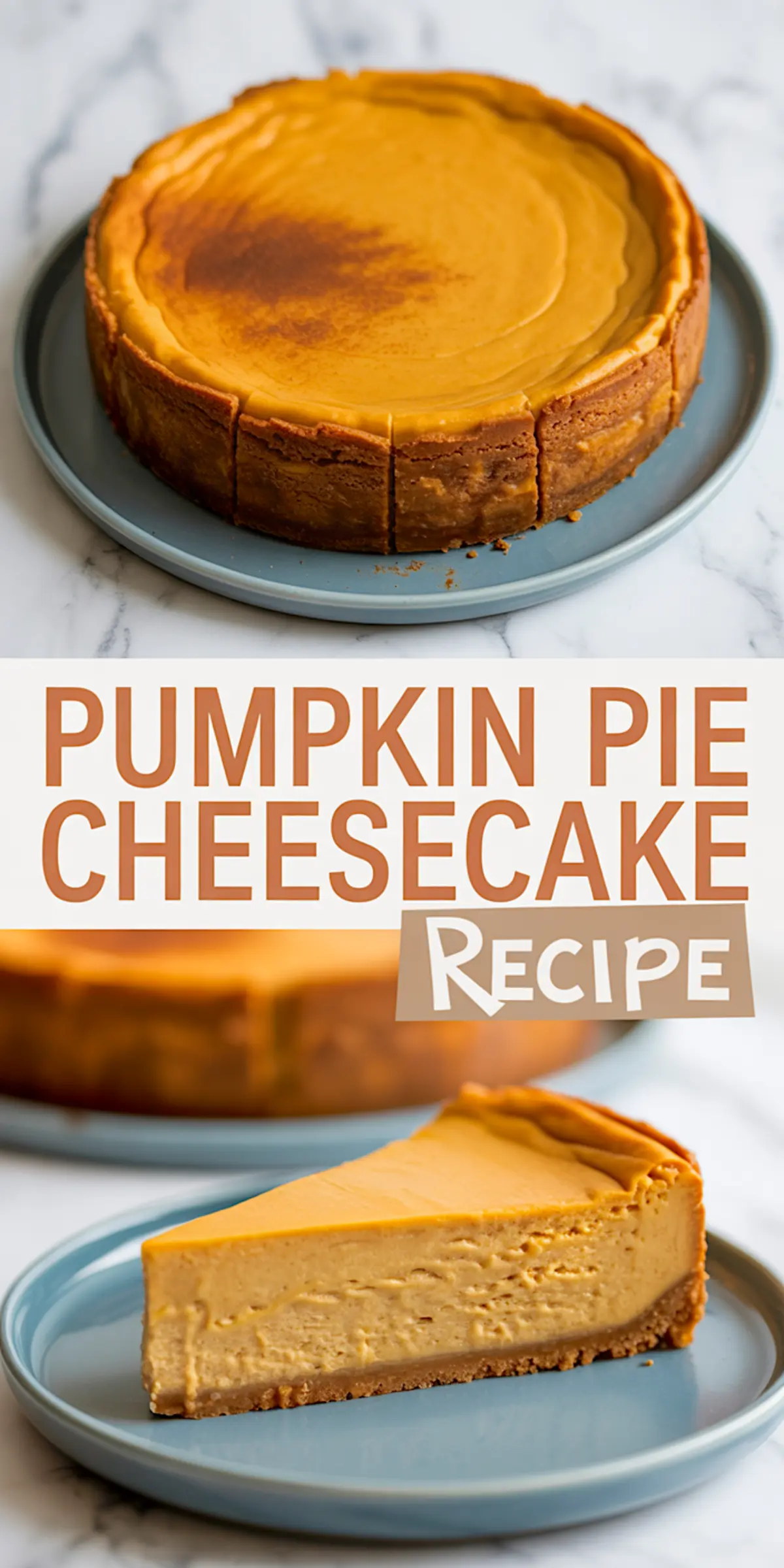
Graham Cracker Crust That Won’t Crumble

Start by building the base. This crust uses graham cracker crumbs, melted butter, brown sugar, and a pinch of cinnamon. It sets in the oven for a few minutes to lock in its form before meeting the filling.
The ratio of crumbs to butter here matters. Too little fat, and the crust stays dry. Too much, and it won’t hold once chilled. I’ve tested it both ways. In my notes, I wrote, “six tablespoons holds tension, doesn’t sog.” That ratio worked across multiple tests.
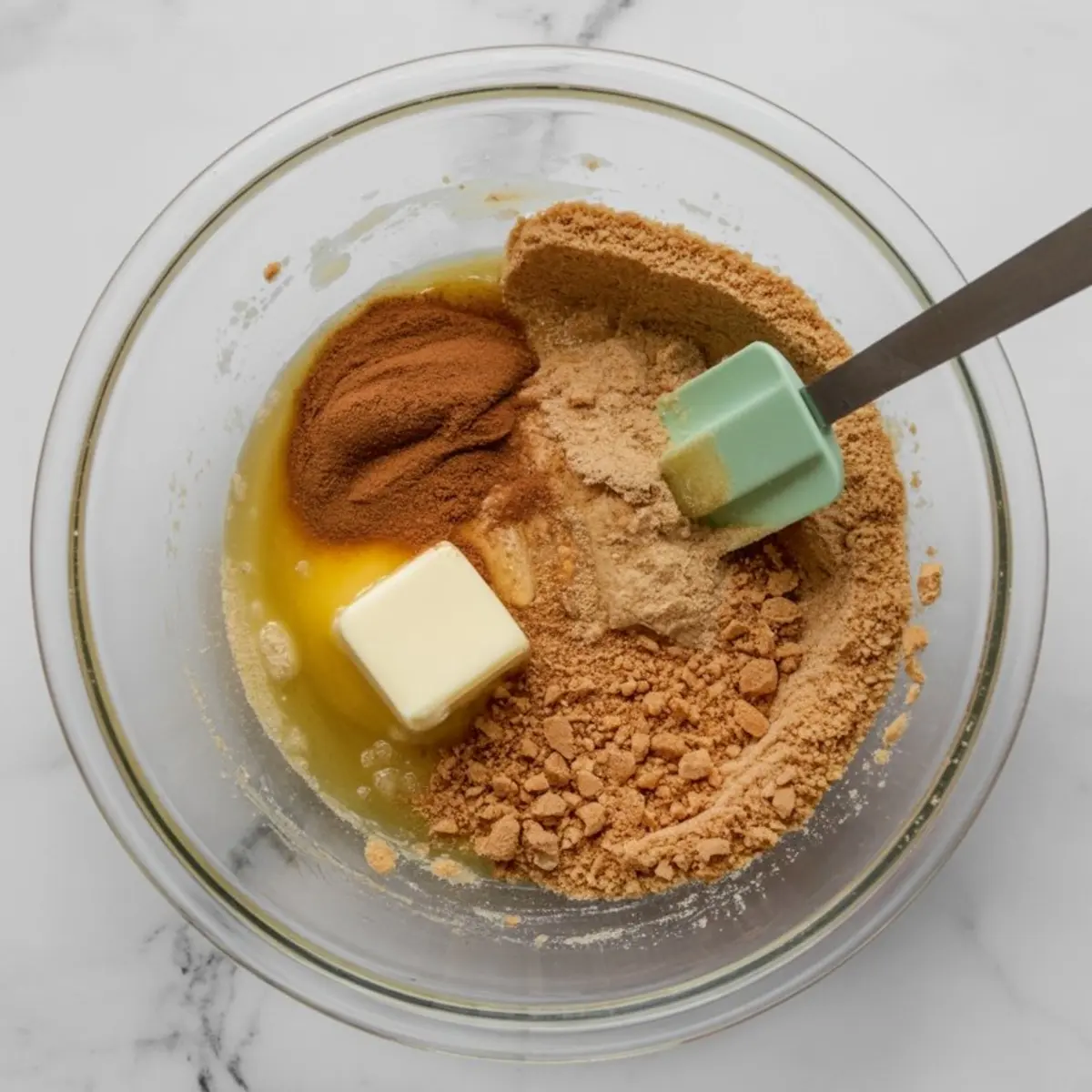
Use the flat bottom of a measuring cup to press the crust into the springform pan. Get it even and compact. The heat during baking brings the sugar and butter together to seal it. Don’t skip this step or the cheesecake will shift when you slice.
Smooth Cheesecake Filling With Real Pumpkin
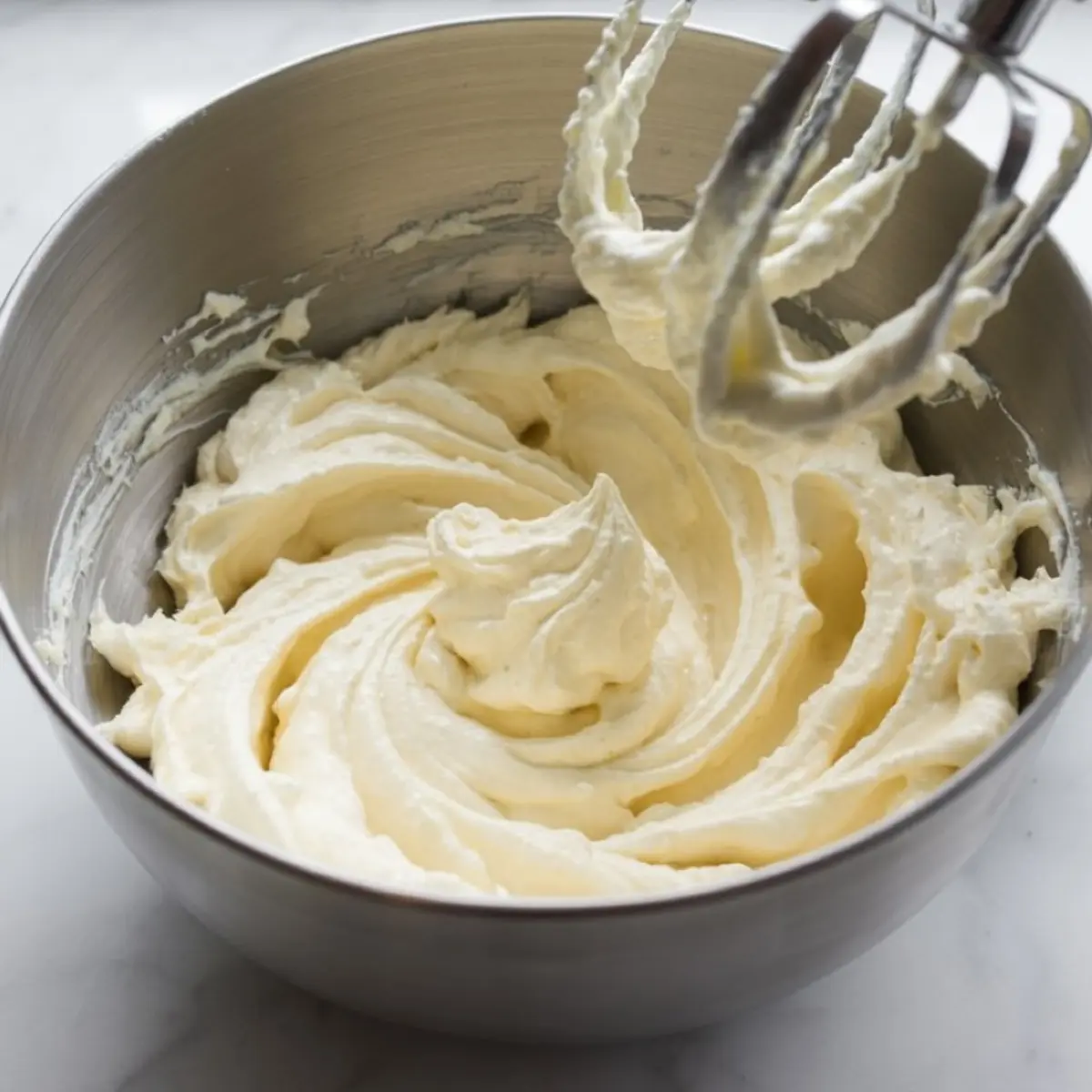
This filling blends full-fat cream cheese with two types of sugar and pumpkin purée. The texture depends on softening the cream cheese fully. Cold blocks won’t blend evenly and leave lumps that resist baking out.
After the sugar and cream cheese come together, the pumpkin purée goes in, followed by eggs added one at a time. I mix each egg in slowly, scraping the sides between additions. That small adjustment improves consistency and helps prevent cracks.
The spice mix includes cinnamon, ginger, nutmeg, and cloves. Clove tends to overpower quickly, so I hold it at a quarter teaspoon. One test with more felt sharp on the finish. With this ratio, the flavor feels grounded.
Sour cream gets added with the spices and salt. It gives balance and softens the sweetness. After that, a small amount of flour goes in to help set the final texture. Don’t overmix at this point. Once the flour disappears, stop.
For an extra-smooth batter, tap the bowl on the counter a few times to release air bubbles before pouring.
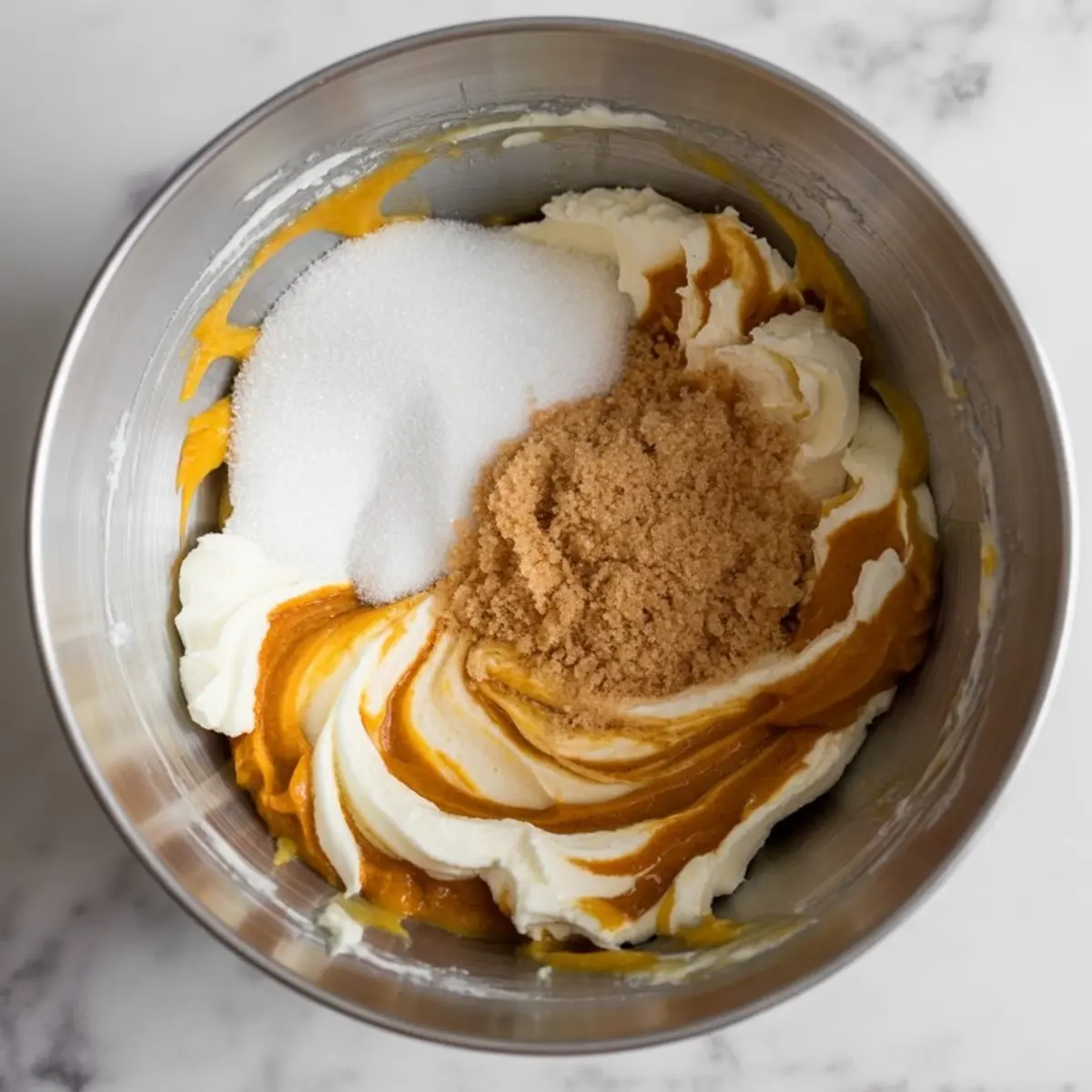
Why Water Baths Help Pumpkin Cheesecakes Set Cleanly
Cheesecake benefits from slow, even heat. Baking this pumpkin pie cheesecake in a water bath keeps the outer edges from setting too fast while allowing the center to finish gently.
Wrap the springform pan in foil to protect it, then nest it inside a larger pan. Add hot water around the sides just before baking. Aim for water halfway up the pan. This insulates the cheesecake and helps avoid cracks.
Bake time usually lands around 65 minutes. You’re looking for a gentle jiggle in the center when it’s ready. The sides will look firm, but the middle should move slightly when nudged.
Leave the cheesecake inside the oven with the door cracked for an hour after baking. This helps the center finish without a sudden temperature drop, which can cause the top to split.
Once it reaches room temperature, chill it in the fridge for six hours minimum. Overnight gives the best result.
This structure holds up beautifully, even if you’ve struggled with pumpkin swirl cheesecake versions that collapse or stick.
Greek Yogurt vs. Sour Cream: What Actually Works
Some bakers swap sour cream for Greek yogurt in cheesecake. I’ve tested both in this recipe. Greek yogurt adds tang but competes with the pumpkin. Sour cream keeps the filling mellow and lets the spices lead.
If you’re short on ingredients and thinking of substituting, I recommend holding out for sour cream. I’ve noted this more than once in my kitchen log: “Yogurt sharpens. Sour cream smooths.”
For this recipe’s goal—pumpkin-forward flavor and creamy stability sour cream does the job better.
Clean Slices and Serving Notes
Use a thin, sharp knife dipped in hot water to slice. Wipe clean between cuts. This avoids dragging crumbs through each piece. The crust stays firm, and the cheesecake cuts clean when fully chilled.
This cheesecake works well plated on its own or alongside seasonal options. You could serve it after easy pumpkin cheesecake bars as a main dessert, or alternate with a mini pumpkin cheesecake for variation.
It also stores well. Keep it covered in the fridge for up to four days. If you’re making ahead for a gathering, I suggest chilling it overnight, then slicing the next day for cleaner presentation.
You can freeze it too—wrap slices in parchment and seal in a freezer bag. Defrost in the fridge. Texture holds if wrapped properly.
✔️ Tip to Remember
Sour cream delivers better structure and balance in pumpkin cheesecake than Greek yogurt. Save the yogurt for muffins.
Why This Cheesecake Earns a Spot on the Fall Table
This pumpkin pie cheesecake recipe isn’t about reinventing dessert. It’s about getting a dependable result that looks clean, tastes full, and cuts smoothly on the first try.
Each part—from crust to chill—serves the final texture. You’ll end up with a slice that stacks well, tastes balanced, and holds even after hours on the dessert table.
You’ll also gain a base recipe that adapts into other fall cheesecake recipes or even a pumpkin pie cake recipe variation with slight changes in the crust or pan.
If your past pumpkin cheesecake no bake attempts felt too soft, this baked version gives structure without going dry.
Save This Recipe and Share Your Results
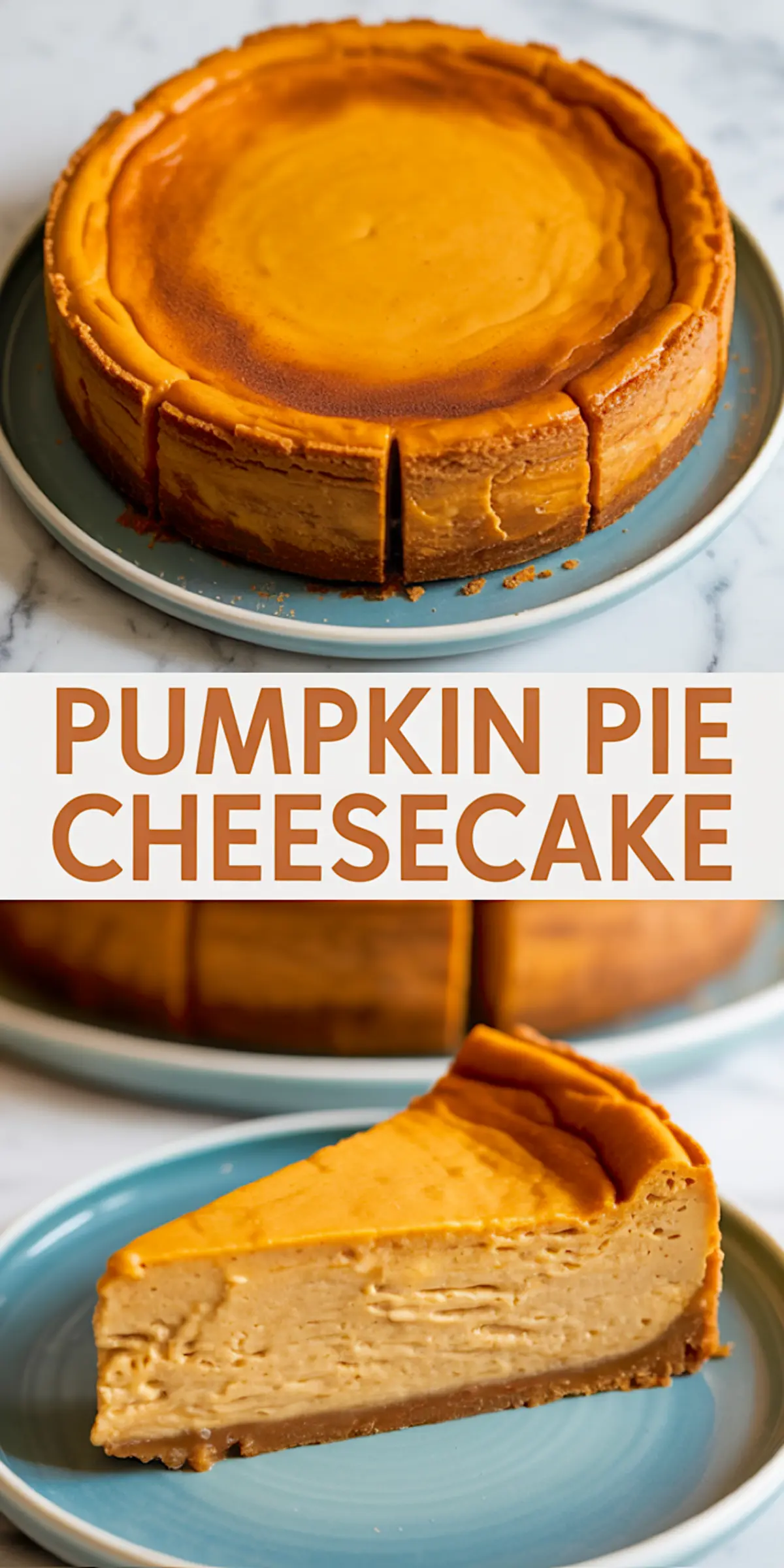
This recipe brings consistent results without guesswork. Pin it now so it’s easy to find when you need it.
If you try it, share in the comments. Did you adjust the spice? Serve it with whipped cream? I’d love to hear how you made it your own.
Let’s keep this space helpful for other bakers. Your tweaks and questions matter.
Pumpkin Pie Cheesecake Recipe
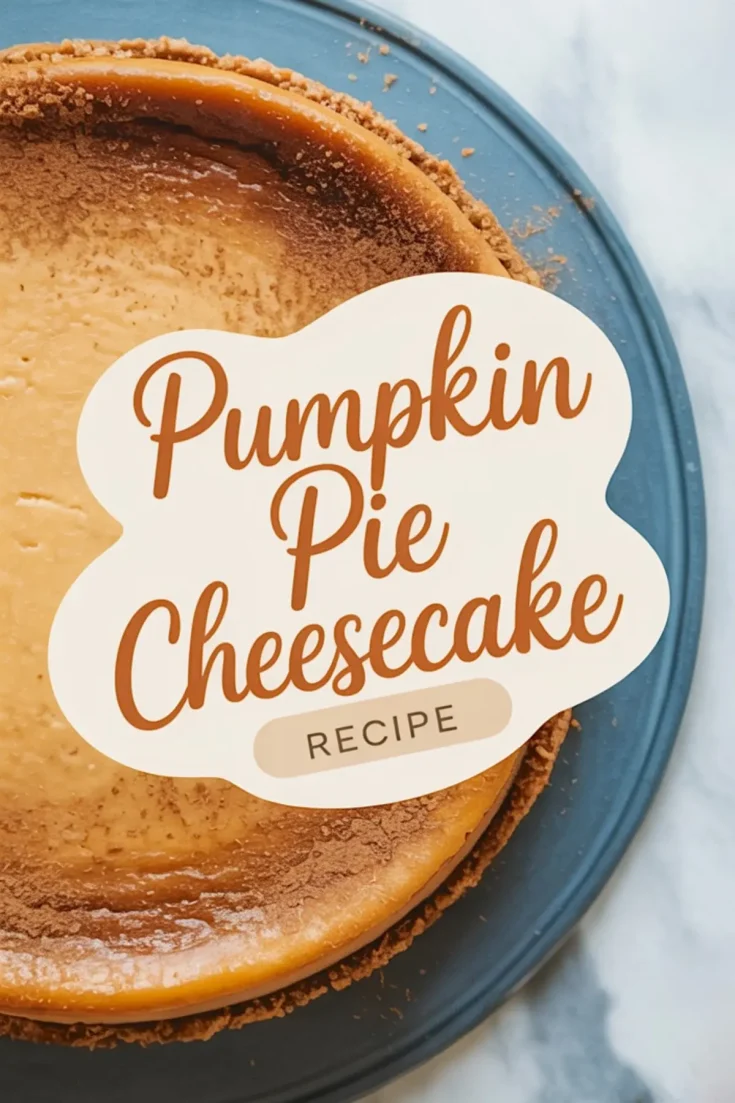
This pumpkin pie cheesecake combines the warm spice of classic pumpkin pie with the smooth, dense texture of cheesecake. A crisp graham cracker crust anchors the filling, which is lightly sweetened and spiced just right. Baked in a water bath to ensure a smooth top, this dessert holds up beautifully when sliced and served cold.
Ingredients
- FOR THE GRAHAM CRACKER CRUST
- 1 ½ cups graham cracker crumbs (about 10 full crackers)
- 2 tablespoons brown sugar
- ½ teaspoon ground cinnamon
- 6 tablespoons unsalted butter, melted
- FOR THE PUMPKIN CHEESECAKE FILLING
- 3 (8 oz) blocks cream cheese, softened
- 1 cup granulated sugar
- ½ cup packed brown sugar
- 1 ¼ cups canned pumpkin puree (not pumpkin pie filling)
- 3 large eggs
- 2 teaspoons vanilla extract
- 1 teaspoon ground cinnamon
- ½ teaspoon ground ginger
- ¼ teaspoon ground nutmeg
- ¼ teaspoon ground cloves
- ¼ teaspoon salt
- ¼ cup sour cream
- 2 tablespoons all-purpose flour
Instructions
- PREPARE THE CRUST: Preheat oven to 325°F (163°C). In a medium bowl, mix graham cracker crumbs, brown sugar, cinnamon, and melted butter until the mixture resembles wet sand.
- FORM THE CRUST: Press the mixture firmly into the bottom of a 9-inch springform pan using the bottom of a measuring cup to compact it evenly. Bake for 8–10 minutes, then set aside to cool.
- BEAT THE CREAM CHEESE: In a large mixing bowl, beat the softened cream cheese with an electric mixer until smooth and creamy, about 2 minutes.
- ADD SUGARS: Add granulated sugar and brown sugar to the cream cheese and beat again until well combined and fluffy.
- MIX IN PUMPKIN AND EGGS: Add the pumpkin puree and mix on low speed until incorporated. Add the eggs one at a time, mixing on low and scraping the bowl between additions.
- ADD FLAVORINGS: Mix in the vanilla extract, ground cinnamon, ginger, nutmeg, cloves, salt, and sour cream. Blend until the mixture is smooth and evenly combined.
- FINISH WITH FLOUR: Add the flour and mix just until combined. Avoid overbeating at this stage to keep the texture smooth.
- PREPARE WATER BATH: Wrap the outside of the springform pan with aluminum foil to prevent leaks. Place the pan inside a large roasting pan.
- ADD BATTER: Pour the cheesecake batter over the cooled crust and smooth the top with a spatula.
- BAKE IN WATER BATH: Pour hot water into the roasting pan until it comes halfway up the sides of the springform pan. Carefully place in the oven and bake for 60–70 minutes, until the edges are set but the center still jiggles slightly.
- COOL IN OVEN: Turn off the oven, crack the door open, and let the cheesecake rest inside for 1 hour to prevent sudden temperature changes.
- CHILL COMPLETELY: Remove the cheesecake from the oven and water bath. Let cool to room temperature, then refrigerate for at least 6 hours or overnight before slicing and serving.
Notes
Use full-fat cream cheese for best texture. Avoid overmixing once the eggs are added to prevent cracking. For clean slices, use a sharp knife dipped in hot water and wiped dry between cuts.
Nutrition Information
Yield
12Serving Size
1Amount Per Serving Calories 359Total Fat 16gSaturated Fat 7gTrans Fat 0gUnsaturated Fat 8gCholesterol 77mgSodium 225mgCarbohydrates 51gFiber 2gSugar 34gProtein 4g

